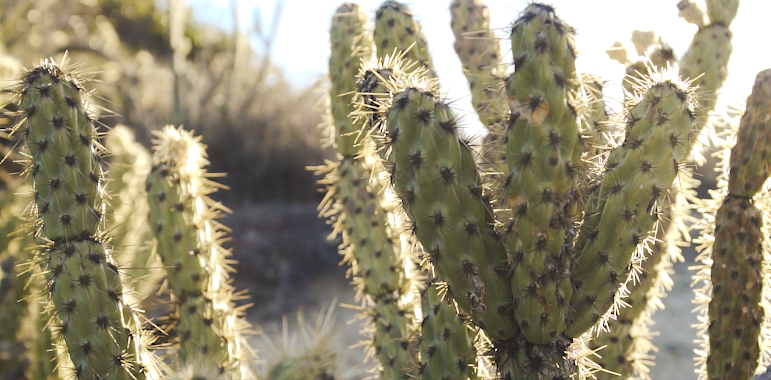
-
Ashley Teifke
- December 20, 2024
- No Comments
My Arizona Trail Gear List
what I brought to walk 800 miles across arizona
Conveniently enough, the majority of the gear I finished the Pacific Crest Trail with in 2022 still had a reasonable amount of life left in it when I finished (see that stuff here in my PCT Gear List). Could it have made it all the way through another multi thousand-mile hike? Probably not. But was I confident in its ability to make it another 800 miles? Absolutely. Therefore, this gear list will look very similar to my 2022 kit, with a few notable exceptions.
so, what got dropped or swapped?
I didn’t switch anything out along the way on this trail. Everything that I started with at the border is what I carried all the whole way. I left the Arizona/Mexico border and headed north to Utah on March 17th, 2024. Which meant unlike my Pacific Crest Trail hike, I would be experiencing the desert in all of its spring glory. In the effort to embrace that spring glory as gracefully as possible, I made a few slight adjustments to my pack in order to compensate for potential early season conditions (i.e. the inevitable desert snowstorms).
This time around I did not start with an inflatable sleeping pad. Arizona is full of sharp needles and spines that would love nothing more than to puncture anything within reach. Instead, I strapped a Nemo Switchback foam folding pad to the top of my pack and called it good. Not comfortable in the slightest, but when the end of the day rolled around, I was always so tired I could have slept on a rock.

Additionally, I packed extra warm layers from the start. The trail is constantly climbing up and down from high elevations that often see snow in the spring. Most of the layers I reused from the PCT but I did end up swapping out a few things. First, I traded my bulky Amazon down jacket with a warmer, lighter, Mountain Hardware alternative. Expensive but if found on sale, it is 100% worth the cost. Second, for rain gear I swapped out my Frogg Togg rain pants (which didn’t survive the PCT anyway) with some lighter “dance pants“. They were intended to act more as a wind barrier as they are in no way waterproof. They worked wonderfully for trapping extra warmth and will definitely be accompanying me on future trips. A few other miscellaneous items I threw in were a Tyvek groundsheet (more durable than polycryo), a Nitecore headlamp, and a 2L CNOC water bag.
What Exactly did i take?
Much the same as when I started the PCT, I didn’t have every ounce lined out before I left. This time however, I knew exactly what worked for me and what I could carry comfortably. Which, thanks to the camera I choose to tote around, is not as light as it could be. But it works for me. So, without further ado, may I present my Lighterpack gear spreadsheet for every single thing I brought on the Arizona Trail.

Disclaimer: This post and my Lighterpack spreadsheet may contain affiliate links, which means I will receive a small commission from any purchases made via these links at no additional cost to you. Thank you for your support!
© 2024 Ashley Teifke